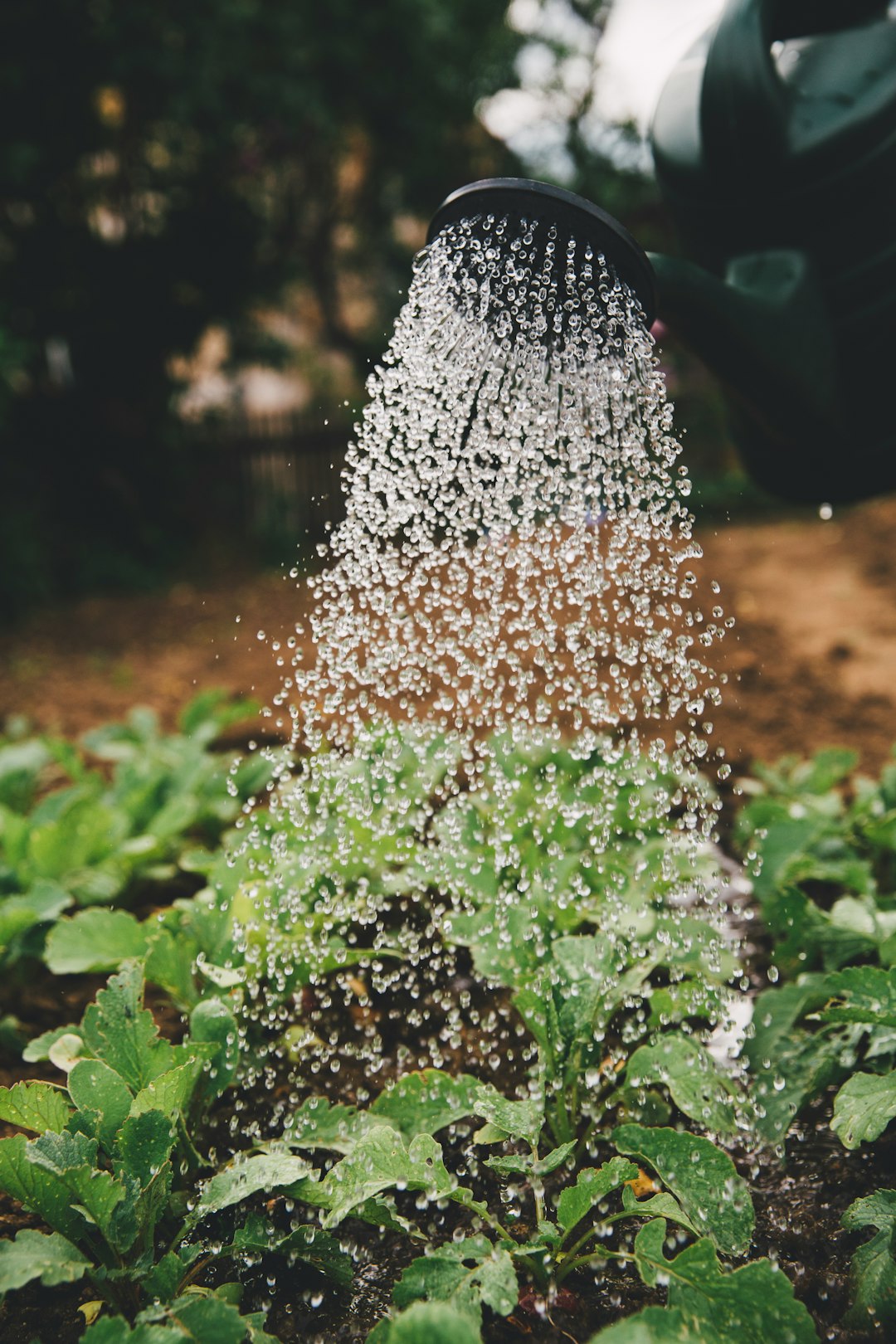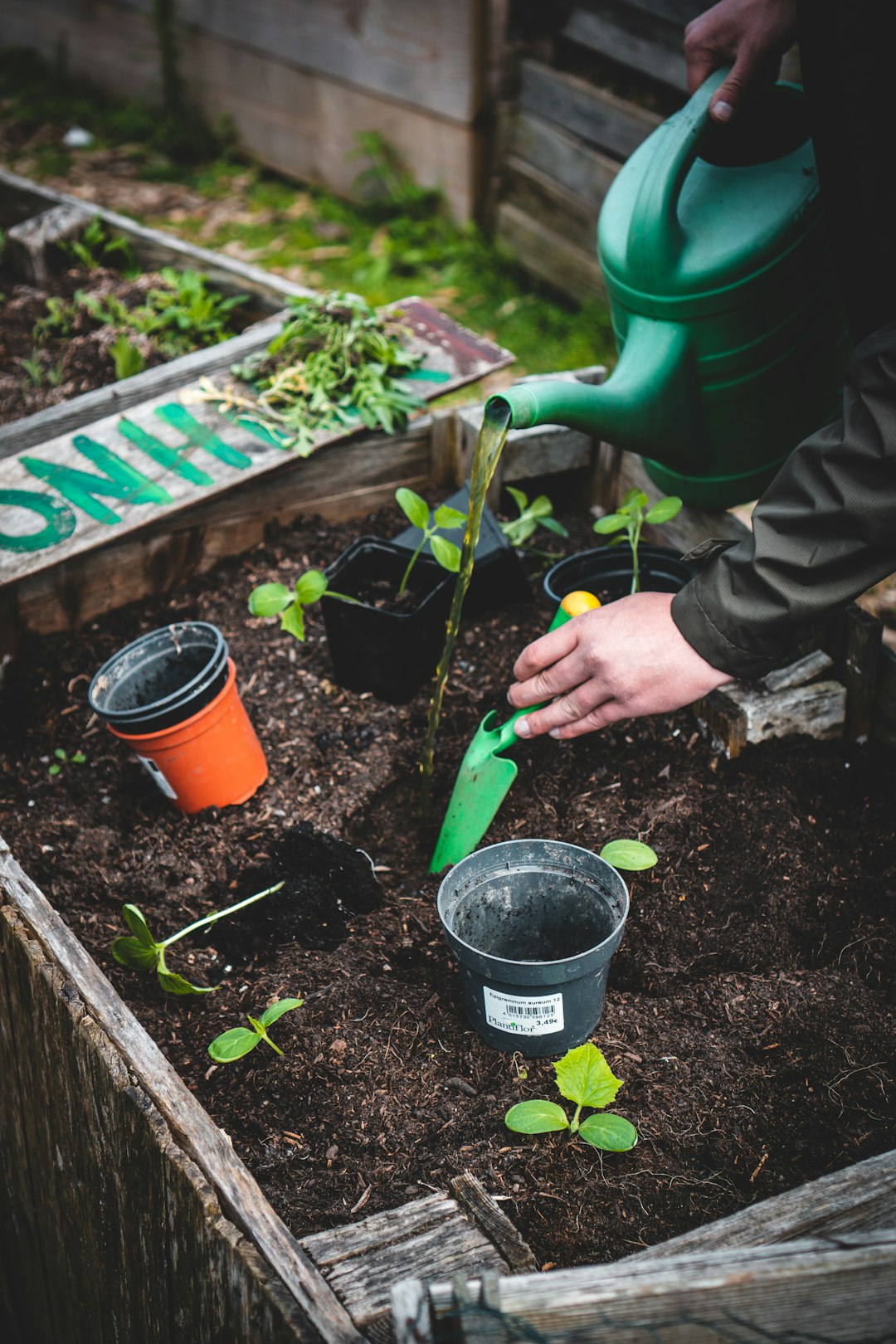Support our educational content for free when you purchase through links on our site. Learn more

Have you ever wondered what the true objectives of gardening are? Is it just about growing beautiful flowers and delicious vegetables? Well, there’s so much more to it than meets the eye! Gardening is a fulfilling and rewarding activity that offers a multitude of benefits for both individuals and communities. In this comprehensive guide, we’ll delve into the objectives of gardening, exploring its history, benefits, and answering all your burning questions. So grab your gardening gloves and let’s dig in!
Table of Contents
- Quick Answer
- Quick Tips and Facts
- Background: The Evolution of Gardening
- Objective 1: Enhancing the Beauty of Your Space
- Objective 2: Growing Nutritious Food
- Objective 3: Promoting Environmental Sustainability
- Objective 4: Improving Mental and Physical Well-being
- Objective 5: Fostering Community Engagement
- Objective 6: Educating and Inspiring Future Generations
- FAQ
- Conclusion
- Recommended Links
- Reference Links
Quick Answer
Gardening is a multifaceted activity with various objectives. Its primary goals include enhancing the beauty of your space, growing nutritious food, promoting environmental sustainability, improving mental and physical well-being, fostering community engagement, and educating future generations. By engaging in gardening, you can create a vibrant and sustainable environment while reaping numerous personal and communal benefits.
👉 CHECK PRICE on: Gardening Tools | Seeds | Planters | Compost
Quick Tips and Facts
- Gardening has been practiced for thousands of years, dating back to ancient civilizations such as the Egyptians and Mesopotamians.
- The term “horticulture” refers to the science and art of cultivating plants.
- Community gardens are shared spaces where individuals come together to grow plants and foster a sense of community.
- Gardening can be done in various settings, including backyard gardens, rooftop gardens, balcony gardens, and community gardens.
- It’s important to choose plants that are suitable for your climate and growing conditions to ensure their success.
- Regular maintenance, such as watering, weeding, and pruning, is crucial for the health and vitality of your garden.
Now that we’ve covered the basics, let’s explore the objectives of gardening in more detail!
Background: The Evolution of Gardening

Gardening has a rich history that spans thousands of years. It has evolved from a means of survival to a beloved hobby and a powerful tool for community development. Ancient civilizations recognized the importance of cultivating plants for sustenance and beauty. Over time, gardening techniques and practices have advanced, leading to the development of various gardening styles and philosophies.
In the modern era, gardening has become more than just a practical activity. It has transformed into a way of life—a way to connect with nature, promote sustainability, and create beautiful spaces. Let’s explore the objectives of gardening in more detail to understand its true essence.
Objective 1: Enhancing the Beauty of Your Space
One of the primary objectives of gardening is to enhance the beauty of your space. Whether you have a small balcony or a sprawling backyard, gardening allows you to transform your outdoor area into a vibrant and visually appealing oasis. By carefully selecting and arranging plants, you can create stunning landscapes that reflect your personal style and preferences.
✅ Quick Tip: Consider incorporating a variety of plants with different colors, textures, and heights to add visual interest to your garden. Don’t forget to include elements such as pathways, seating areas, and decorative features to create a harmonious and inviting atmosphere.
Gardening not only beautifies your space but also provides a sense of pride and accomplishment. Watching your plants grow and flourish is incredibly rewarding and can bring immense joy to your life.
Objective 2: Growing Nutritious Food
Another important objective of gardening is to grow nutritious food. With concerns about food security and the environmental impact of industrial agriculture, many people are turning to gardening as a way to take control of their food supply and make healthier choices.
By growing your own fruits, vegetables, and herbs, you can ensure that you have access to fresh, organic produce. You have the power to choose the seeds, fertilizers, and pest control methods used in your garden, allowing you to prioritize sustainability and health.
✅ Quick Tip: Start small by growing easy-to-care-for vegetables such as tomatoes, lettuce, and herbs. As you gain experience and confidence, you can expand your garden to include a wider variety of crops.
Not only does growing your own food provide nutritional benefits, but it also fosters a deeper connection with nature and the food you consume. There’s something incredibly satisfying about harvesting a ripe tomato or plucking fresh herbs for your meals.
Objective 3: Promoting Environmental Sustainability
Gardening plays a crucial role in promoting environmental sustainability. As we face the challenges of climate change and habitat loss, every effort to protect and restore the environment is essential. By engaging in sustainable gardening practices, you can make a positive impact on the planet.
One of the key objectives of gardening is to conserve water. By using efficient irrigation methods, such as drip irrigation or rainwater harvesting, you can minimize water waste and ensure that your plants receive the necessary moisture. Additionally, choosing native plants and practicing proper soil management can help conserve water and support local ecosystems.
✅ Quick Tip: Consider incorporating composting into your gardening routine. Composting not only reduces waste but also enriches the soil, promotes healthy plant growth, and reduces the need for synthetic fertilizers.
Gardening also contributes to biodiversity conservation. By creating habitats for pollinators, such as bees and butterflies, and incorporating native plants, you can support local wildlife populations and help restore balance to ecosystems.
Objective 4: Improving Mental and Physical Well-being
Gardening has a profound impact on mental and physical well-being. Spending time in nature and engaging in physical activity can have numerous positive effects on our overall health.
Research has shown that gardening can reduce stress, anxiety, and depression. The act of nurturing plants and being surrounded by greenery has a calming effect on the mind, promoting relaxation and mindfulness. Gardening also provides a sense of purpose and accomplishment, boosting self-esteem and mental well-being.
✅ Quick Tip: Create a dedicated space in your garden for relaxation and meditation. Consider adding comfortable seating, soothing plants, and wind chimes to create a tranquil environment.
In addition to its mental health benefits, gardening is a great form of exercise. Digging, planting, and weeding can help improve strength, flexibility, and cardiovascular health. Plus, spending time outdoors exposes you to vitamin D from sunlight, which is essential for bone health and immune function.
Objective 5: Fostering Community Engagement
Community engagement is a fundamental objective of gardening, especially in the context of community gardens. These shared spaces bring people together, fostering a sense of belonging and connection with the local environment.
Community gardens provide a platform for individuals from diverse backgrounds to collaborate, learn from one another, and share resources. They serve as gathering places where people can socialize, exchange gardening tips, and build lasting friendships. Community gardens also offer opportunities for intergenerational interactions, bridging the gap between different age groups.
✅ Quick Tip: Get involved in your local community garden or start one if there isn’t already one in your area. Participate in workdays, workshops, and events to connect with like-minded individuals and contribute to the growth of your community.
By fostering community engagement, gardening strengthens social bonds and promotes a sense of collective responsibility for the environment. It empowers individuals to take an active role in shaping their communities and creating positive change.
Objective 6: Educating and Inspiring Future Generations
Gardening serves as a powerful educational tool, allowing us to learn about the natural world and inspire future generations. By involving children in gardening activities, we can instill a love for nature, teach them about sustainability, and develop important life skills.
Gardening provides hands-on learning experiences that promote curiosity, problem-solving, and critical thinking. Children can observe the life cycle of plants, learn about the importance of pollinators, and understand the interdependence of living organisms. These lessons lay the foundation for environmental stewardship and encourage a lifelong appreciation for nature.
✅ Quick Tip: Create a dedicated space in your garden for children, such as a sensory garden or a vegetable patch. Involve them in every step of the gardening process, from seed sowing to harvest, and encourage their creativity and imagination.
By educating and inspiring future generations, gardening ensures the continuity of sustainable practices and the preservation of our natural heritage.
FAQ

What is the purpose of a garden?
The purpose of a garden is multifaceted. It can serve as a space for relaxation, self-expression, and connection with nature. Gardens can also provide a source of food, promote environmental sustainability, and foster community engagement.
Read more about “What Purpose Do Community Gardens Serve and Where Are They Usually Located? … 🌱”
What are the aims of a garden?
The aims of a garden can vary depending on individual preferences and objectives. Some common aims include creating a visually appealing space, growing food, promoting biodiversity, improving mental and physical well-being, and fostering a sense of community.
Read more about “What Happens in a Community Garden? … 🌱”
What are the objectives of gardening for kids?
Gardening offers numerous objectives for children. It helps them develop an appreciation for nature, learn about the environment, acquire important life skills, and foster a sense of responsibility. Gardening also provides opportunities for hands-on learning, creativity, and sensory exploration.
Read more about “What are the Objectives of a Garden? …”
What is the purpose of a community garden?
The purpose of a community garden is to bring people together, promote sustainable practices, and provide access to fresh, locally grown produce. Community gardens serve as shared spaces where individuals can collaborate, learn from one another, and foster a sense of community.
Read more about “What is the purpose of a community garden?”
Conclusion

Gardening is a multifaceted activity with a myriad of objectives. It allows us to enhance the beauty of our spaces, grow nutritious food, promote environmental sustainability, improve mental and physical well-being, foster community engagement, and educate future generations. By engaging in gardening, we can create vibrant and sustainable environments while reaping numerous personal and communal benefits.
So, whether you’re a seasoned gardener or just starting your green journey, embrace the objectives of gardening and let your passion for plants bloom. Get your hands dirty, connect with nature, and watch as your garden flourishes, bringing joy and fulfillment to your life and those around you.
Recommended Links
- Benefits of Community Gardens
- Community Garden Events
- Community Garden Policies
- Therapeutic Benefits of Gardening
- Garden Design Ideas
- Community Gardening: Grow Together and Cultivate a Thriving Community! 2024 🌱

